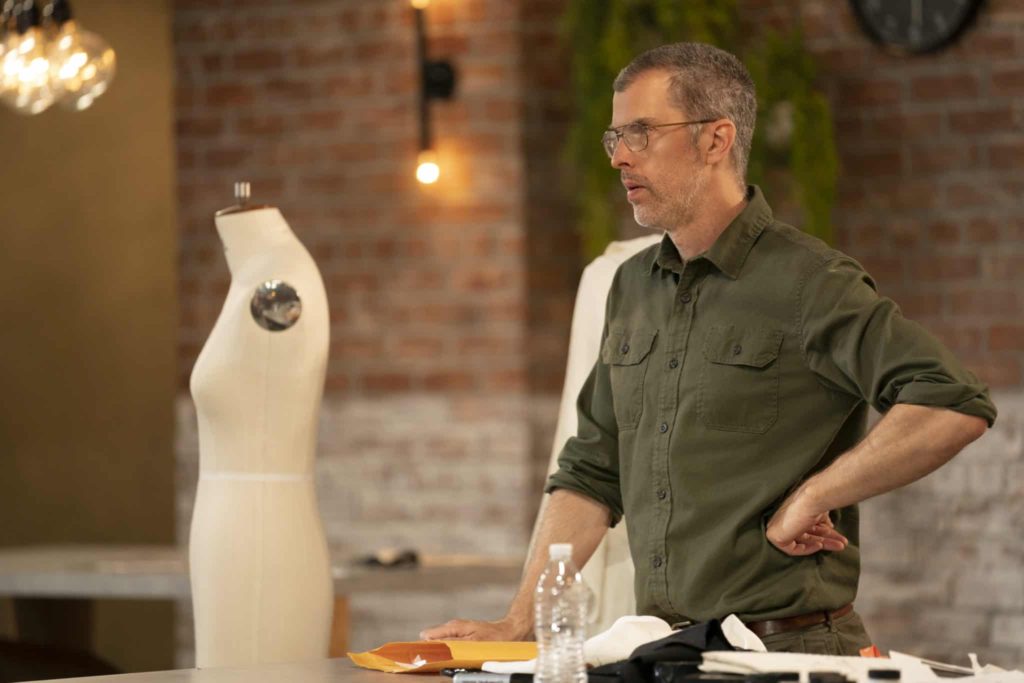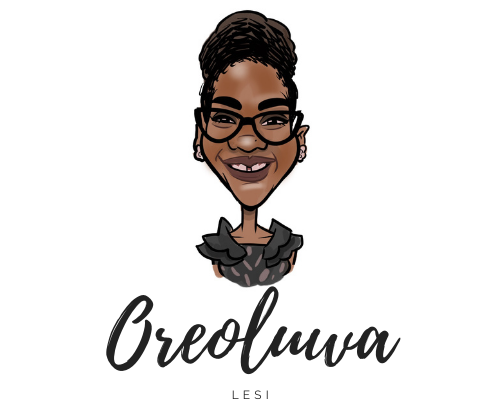
Intro
I just finished watching season 2 of the reality show “Making the Cut”.
I love a lot of reality show – I’m from The Real World school, which is probably really showing my age. 🙂
I also really liked Project Runway and so naturally checked out Making the Cut, when I saw it on Amazon Prime. I like it, though I’m not sure if I like it as much as Project Runway. Perhaps that’s because I keep making comparisons between the two shows – both in terms of how similar they are and how unsuccessful I consider some of the differences.
As any reality show watcher, I tend to have my favourite person on the show. In season 2 of Making the Cut, it was definitely Gary Graham.
Insecurity in Brilliant People
From the first episode Gary certainly stood-out for me. I admit that when he talked about his brand drawing from historical references and mentioned how he loved working with rugs, I was like RUGS?????
Oh no, I was not expecting to like anything that he would produce. So it was an unexpected moment for me when his model walked down the runway wearing this most beautiful blue patterned dress.
In his intro interview, Gary spoke about being a finalist for the CFDA/Vogue Fashion Fund award in 2009 (highly prestigious award) and then winning the Legend of Fashion Award from the School of the Art Institute of Chicago the following year. Somehow though everything sort of fizzled out after that, including the closing-down of his store.
Gary looked anything but excited when Tim Gunn told him that he had his eye on him ever since he became a CFDA/Vogue Fashion Fund finalist. To say that he had been beaten down by the apparent trajectory of his career since then, is an under-statement.
I say “apparent” because from the little I know of fashion and the infinitely more I know of entrepreneurship, having a store close down is not a sign of failure. It happens to the best and worst and middling of us. A business could fail for any number of reasons and this does not mean that you – the founder/leader – are a failure. It could mean that there were a number of things you didn’t do right (which you can learn from) or perhaps it just wasn’t the right time for this particular idea.
Notwithstanding, Gary was riddled with self-doubt all through the season. Each episode, he would worry about translating his vision to reality, how the clothes looked, would the judges get and like them.
Contestant Andrea Pitter summed it up nicely, “Gary, every week you worry about what you’re doing and every week the judges love your work” (I’m paraphrasing). That certainly seemed true, because Gary won more of the weekly challenges than any other designer.
Tim Gunn observed that constant worry seemed to be part of Gary’s creative process, albeit an exhausting one.
I later read online that Gary is neurotic and suffers from obsessive compulsion disorder. I didn’t realise that when I watched the show, so what I concluded was simply that Gary – like many highly creative people – was also very unsure of himself. He didn’t always appear to see the magic that others saw. And of course, the creative process is very messy: you get a brilliant idea, you start to execute and think “No, this isn’t right. Let me try again. Or let me try something else.”
You edit and re-edit. You scrap everything. You start from fresh. You fight to create what you see in your mind’s eye. Then you worry about whether others will see what you see and love it as much as you do. Sometimes you aren’t sure you love it, but then others do and then you try to boil down what they liked about it to a surefire recipe for success.
It can be hugely exhausting.
Creative people can also be very sensitive and so things that might not affect others can throw them off their equilibrium. And I can only imagine what a destabilising environment a reality show set must be.
As a viewer, I was frequently spent watching Gary doubt himself and his work episode after episode, so Gary must have been knackered by the end of the season.
As brilliant as I (and judge Jeremy Scott) thought he was, by the end I was not sure if he would win, because the prize for this competition was a Million Dollars. And people tend to bet on the sure thing. Andrea P may not have won as many challenges as Gary, but – aside from being also a brilliant designer – she was consistent in the quality of her work and prodigious in the quantity.
Addressing Self-Doubt & Anxiety
Over the last few months, I started coaching (my area of focus is introverted women who feel stuck with their career progression and want to break out of the rut they have found themselves in). So I have been reading about and reflecting a lot on what keeps people from exploding to the levels of success that they aspire to.
I recognise my fellow introverts (I am pretty sure that Gary is one) and creatives. I recognise that our path is not always easy and it’s not because we aren’t brilliant (because we usually are), but because we doubt ourselves so much that we can often get in our own way. So while others might think our work is the best thing since microwavable popcorn, alas, we don’t always see this and so downplay or deride our own work. And when you don’t value yourself, after a while, people also start to devalue you.
I observed some techniques that Gary used to – I assume – manage his stress levels and keep an even keel: Working out in the mornings, breathing deeply, massaging his temples and talking (positive words, I hope) to himself.
I have also found similar things that work for me, although it’s a constant process of learning and trying things out and updating your toolbox of techniques.
The season made me very reflective of how so many of us do not trust or are incredibly unsure about our abilities. You would think that a brilliant person recognises their own brilliance, but sadly this is not often the case.
We all need to find a way of working through these insecurities so that we can keep producing or creating our awesome work. And when the results are less than satisfactory, we need to recognise that this is a part of the process too.

Recent Comments